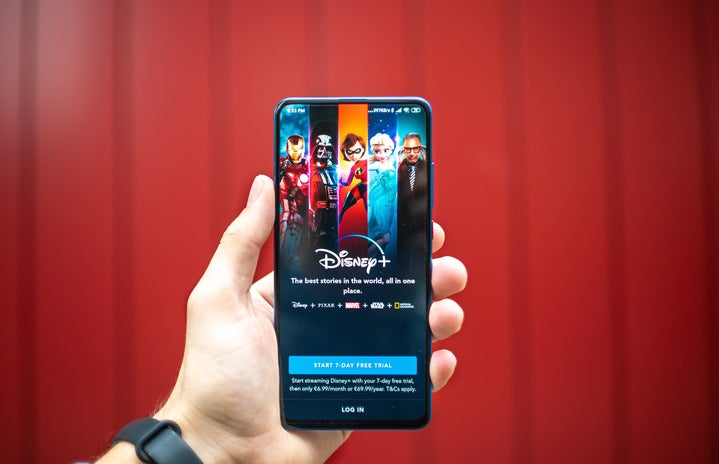Turning Red is the latest Disney Pixar feature film. It is the feature directorial debut of Domee Shi, previously known for her animated short film Bao (2018). With Turning Red, Shi is the first female solo-director of a Pixar movie. The Pixar label has become a promise of quality, and this one, too, is a beautifully animated heartfelt but non-preachy character-driven story.
Our protagonist Meilin “Mei” Lee (voiced by Rosalie Chiang) is a plucky 13-year-old girl. Her parents know her as a hard-working honors student whose freetime is spent helping out at the Lee family’s temple in the Chinatown of Toronto, Canada. Only Mei’s three BFFs from school are privy to Mei’s interest in crushes, boy bands, karaoke, and other kind of fun her parents don’t understand. However, Mei soon gets something bigger to worry about as she discovers that, due to powers from her matrilinear bloodline, she can turn into a huge, fluffy red panda – and that this transformation, that she can’t fully control, is triggered especially if she gives into her emotions, be it anger, love or embarrassment.
At the core of the movie lies Mei’s personal growth from child to teenager and the yearning for independence that comes with it. Should she let others see her obnoxious side or should she keep the weird bottled in? The red panda, triggered by emotional outbursts, symbolizes feelings and thoughts Mei should keep under wrap to meet the expectations of her parents, especially her mother Ming Lee (voiced by Sandra Oh), who loves her hardworking baby-girl and thinks the panda in her should be sealed away asap. Rather than reducing the growing rift to “rebellious child” vs “annoying mom”, both mother and daughter are complex characters. The movie makes a point of showing both mother and daughter as imperfect characters who truly do care about each other. It is this nuance on both sides that makes the dynamics and characters appealing to kids and adults alike.
Mei’s sense of duty and responsibility to her family is quite universal for anyone who has struggled to meet their parents’ expectations or tried to gain independence from seemingly overbearing parents. The screenplay is penned by Julia Cho and the movie directed by Domee Shi, the former Korean-American, the latter Chinese-Canadian. As such, the loving, yet strained familial relationship between a child and the tiger mom archetype resonates perhaps especially with people of Asian descent. The Asian-American experience is of course a backdrop in the movie: for Mei, the red panda powers she has to learn to deal with are part of her Chinese heritage, connected to her family temple. Of course, Asian culture is also present in the backdrop of the family temple and the foods cooked in the Lee kitchen (courtesy of Mei’s dad).
Of course, another important aspect of the movie is girlhood, and the red panda can also be seen as symbolizing puberty and the weird physical and emotional changes that come with it. While there are no actual romantic subplots, Mei and her friends are enamored by the NSYNC-esque boy band 4★Town and spend time doodling and daydreaming about their celebrity crushes. Apparently, the movie saw some unwarranted controversy as some reviewers felt weirded out by plot points showing 13-year-olds crushing over pop stars. Someone else, strangely enough, felt discomfort at the mere mention of periods (which is what Ming, not knowing her Mei has turned panda, first assumes is going on when she hears her daughter’s scream from the bathroom). However, most viewers – especially those who once were 13-year-old girls themselves – find the antics of the young teenagers relatable, nostalgic, and endearing. After all, being 13 is very much a confusing time of navigating new feelings and responsibilities that do not always align with what parents would want. As the movie is technically a period piece set in 2002 – the hey day of Tamagotchis and boy bands – millennials might find an extra layer of nostalgia that Gen Zs and younger do not.
For now, Turning Red is only streaming on Disney+, though in quality, it is by no means less worth of a watch than a big-screen feature. While perhaps not quite as tear jerking as Pixar fan-favourites Up or Inside Out, which tackle dreams and emotions on an arguably universal level, Turning Red is nevertheless a delightful family-friendly coming-of-age movie with some deeply emotional moments connected to its main messages.


